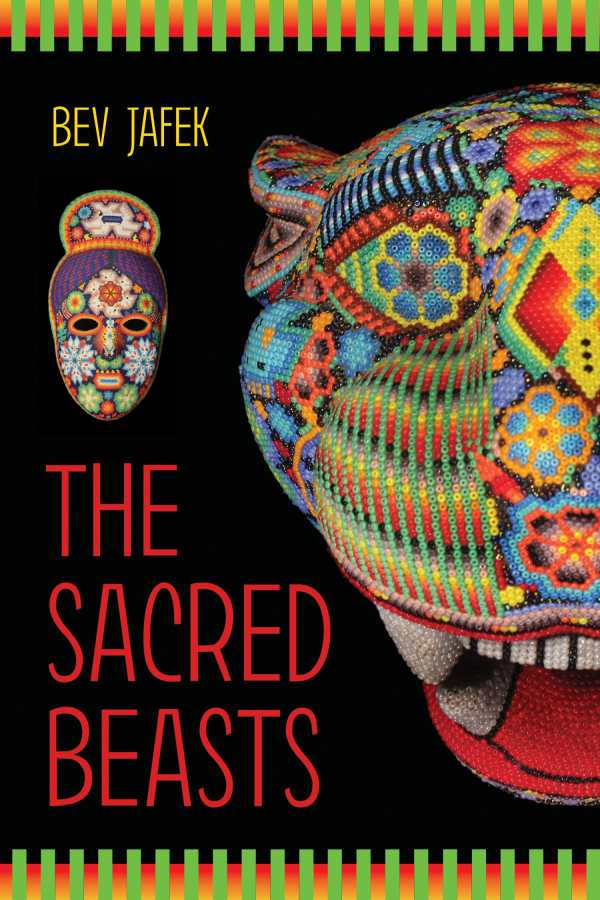The Sacred Beasts
This atmospheric novel is all about valuing women’s ideas, stories, art, and bodies.
Pushcart Prize finalist Bev Jafek’s The Sacred Beasts is a fiercely feminist novel that makes space for women’s stories and art in the midst of macho arenas and celebrates women’s sexuality, particularly lesbian identity.
The story moves from Argentina to Spain, opening in Patagonia with retired zoologist Ruth Land mourning the suicide of her longtime partner, Katia. The grieving Ruth builds a sculpture garden with objects from the dump. A much younger neighbor, sculptor Sylvie Dumarais, becomes interested in Ruth’s art and accompanies her to Spain, where they become lovers. In Barcelona, they meet another May-December female couple, Monserrat and Alex, and swap partners as they become enmeshed in a thriving feminist subculture.
The novel cleverly subverts expectations for a typical structure by reordering its three parts: “The End,” “The Beginning,” then “The Middle.” Thus, out of the sadness of Katia’s death, which feels like an ending for Ruth, comes the possibility of a new relationship. Part 1 is intimate, exposing Ruth’s thoughts, and thrills in her unusual vocabulary and vivid descriptions of the natural world.
Even with copious, and often strangely clinical, sex scenes, the third and longest section sets in motion fresh love affairs and the characters’ work with the Mujeres Libres neo-anarchist organization and a feminist publishing company in Spain, suggesting that this women’s movement is ongoing, well beyond the confines of the book.
Jafek draws from many fields of knowledge in crafting her picture of a female-dominated community, including politics, the history of religion, and research into primate behavior. Ruth and Sylvie, especially, engage in deep, feisty conversations about gender roles. It’s not all intellectualism, though: these slightly tedious dialogues are later counterbalanced by earthy stories about gypsy women’s music and female contributions to the Spanish Civil War effort.
All the characters are forceful presences in this atmospheric novel that is all about valuing women’s ideas, stories, art, and bodies.
Reviewed by
Rebecca Foster
Disclosure: This article is not an endorsement, but a review. The publisher of this book provided free copies of the book to have their book reviewed by a professional reviewer. No fee was paid by the publisher for this review. Foreword Reviews only recommends books that we love. Foreword Magazine, Inc. is disclosing this in accordance with the Federal Trade Commission’s 16 CFR, Part 255.

